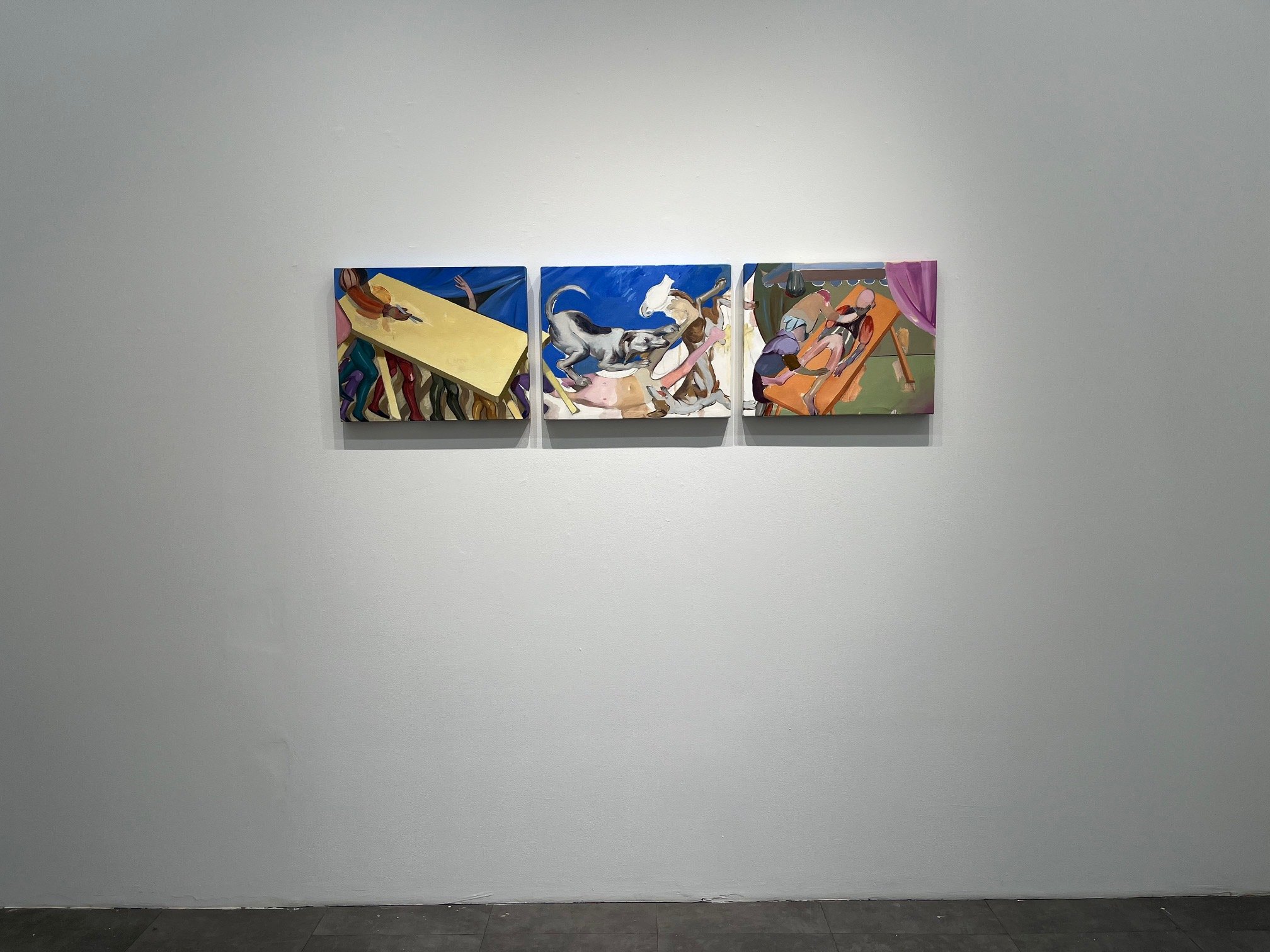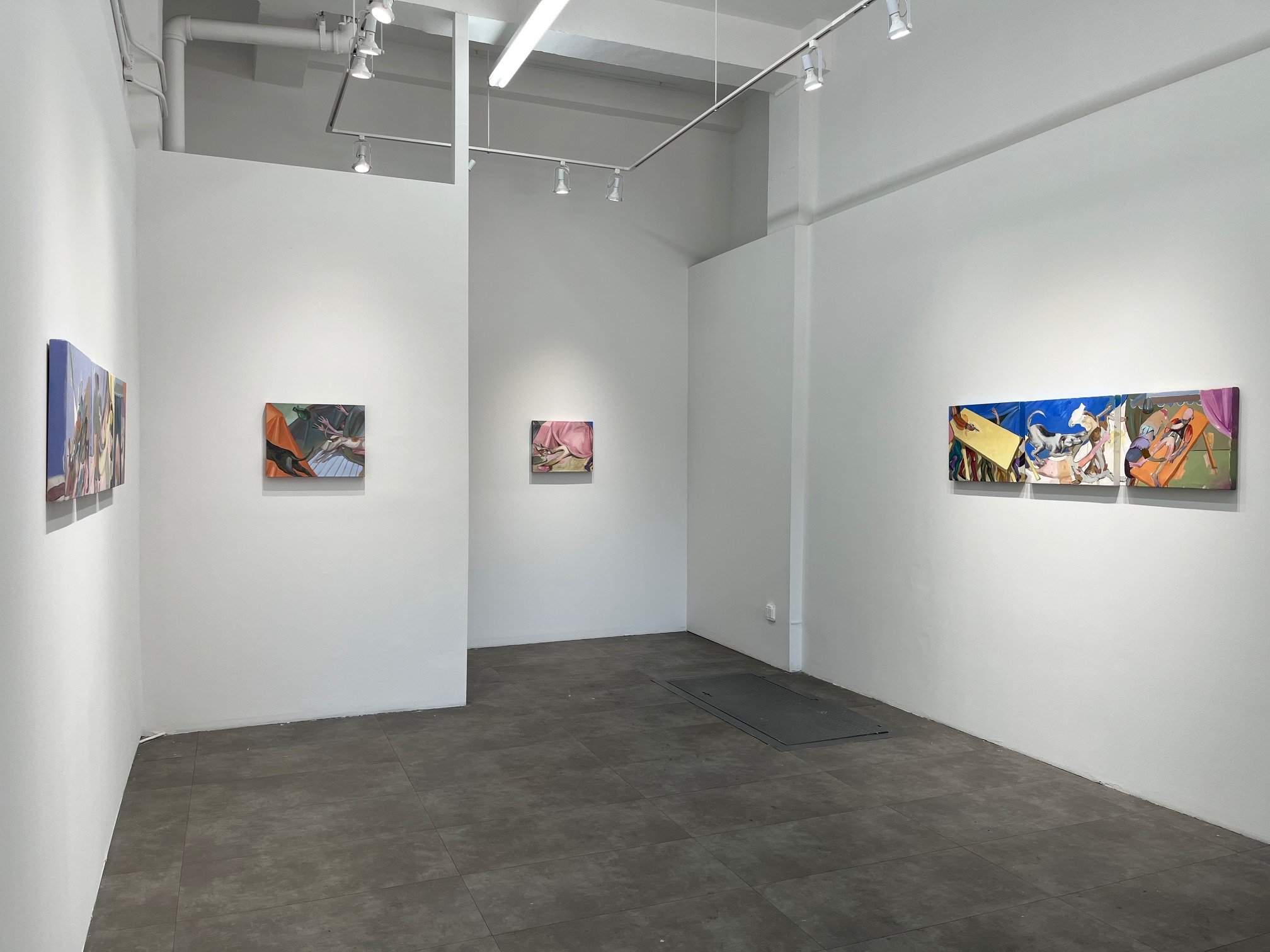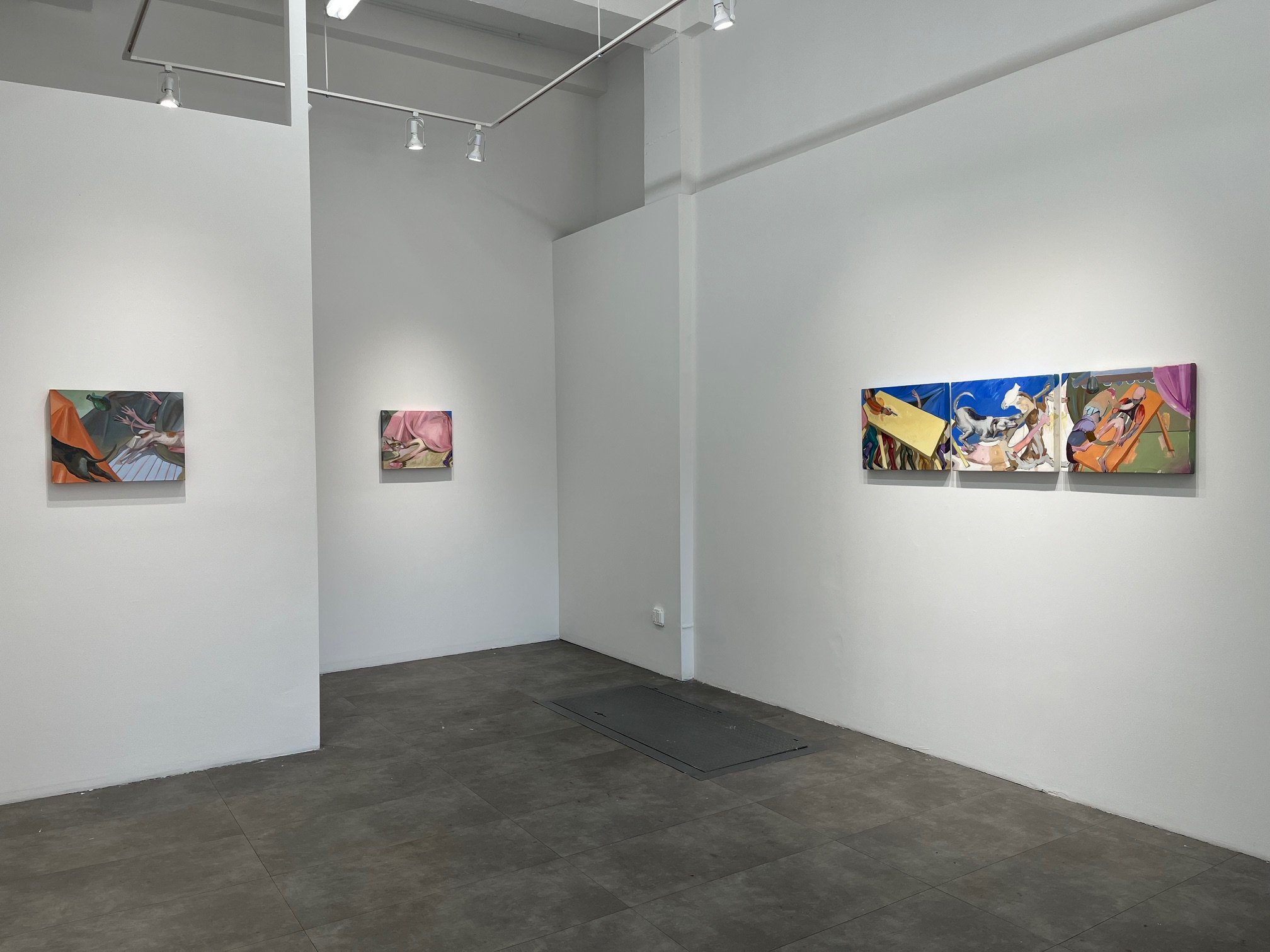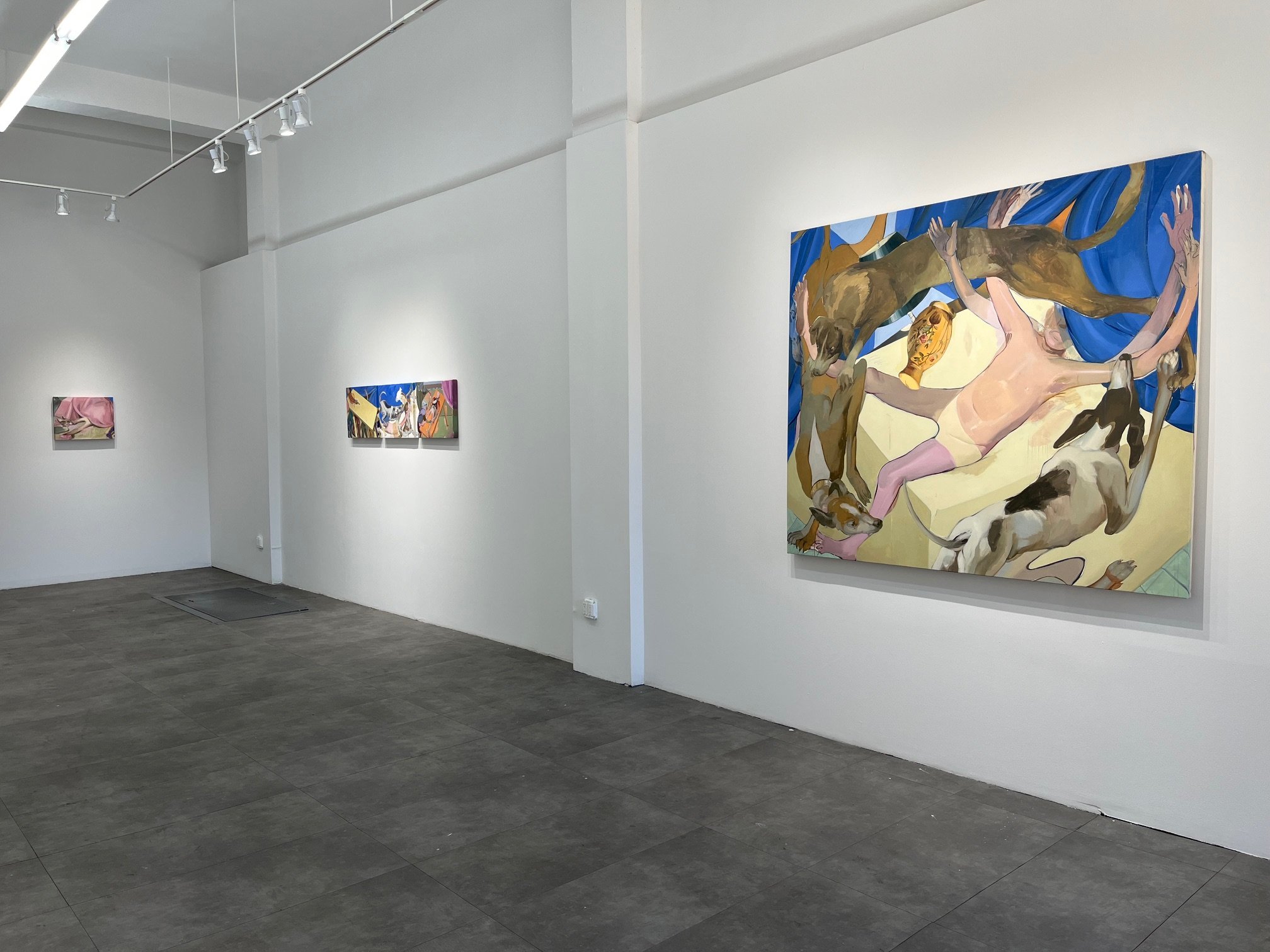Interlace: Gonzalo Garcia
Kates-Ferri Projects 561 Grand Street, NYC. April 1 - May 10, 2025


















From Mexico City’s CAM Galería to KATES-FERRI PROJECTS in New York, Gonzalo García navigates the multifaceted intersections of identity, culture, and history through a deeply evocative lens as part of the cross-cultural collaborative exhibition, Interlace.
Curated by Charles Moore, Interlace will be on view at KATES-FERRI PROJECTS April 1 to May 10, 2025 with a reception on Friday, April 11th 6-8pm at 561 Grand Street, NYC 10002.
García’s practice, grounded in his experience as a Mexico City-based artist, resonates with Interlace’s examination of cultural exchange and the role of place in shaping identity. Through García’s work, the exhibition draws attention to the body as a site of memory, power, and transformation, weaving intimate reflections of the self into broader dialogues of collective history and cultural fusion.
At the core of García’s work is an examination of the vulnerabilities and complexities of the human condition through a visual language that blends historical, cultural, and philosophical elements. With inspiration spanning medieval depictions, Mexican cinema, and contemporary social issues, García explores the dynamic interplay of power, violence, and intimacy. His paintings, characterized by a surreal, erotic, and charged atmosphere, reflect how bodies are manipulated, controlled, and commodified. García’s vivid palette and theatrical compositions serve as both an homage to his Mexican heritage and a confrontation of the universal systems that shape human existence.
García’s exploration of the body as a vessel of culture, conflict, and transformation exposes a greater issue of control that spans across cultures. His work captures the tensions between local traditions and global influences, articulating how personal and collective identities are shaped by histories of migration, colonization, and resistance. By interrogating the body as both a physical and symbolic space, García’spresentation in Interlace engages with the threads that weave humankind together while acknowledging the fractures introduced by systemic inequalities. His practice embodies a celebration of cultural hybridity that transcends boundaries and challenges pervasive narratives.
For Interlace, García presents a series of new paintings inspired by the 1970s Mexican film Los Cachorros (The Puppies). A continuation into his exploration of this iconic age of Mexican cinema, this is a story marked by themes of vulnerability, violence, and domination. Revisiting this seminal film from his childhood, García reflects on the psychological and cultural implications of a traumatic event—a young boy attacked and castrated by a dog. The paintings explore castration as a symbol of domination, weaving connections between medieval practices, religious relics, and modern systems of power that speak to the larger social, cultural, and political climate of the Mexican nation. These works incorporate fictionalized instruments, surreal landscapes, and dreamlike elements, creating a theatrical quality that evokes both medieval iconography and contemporary critiques. García’s exploration extends beyond physical violence to include the body as an asset in capitalist systems, further deepening the project’s engagement with socio-political issues.
Through Gonzalo García’s contributions, Interlace challenges viewers to confront the ways in which bodies are sites of control, resistance, and meaning across time and across geographies. His paintings create a visceral dialogue that bridges personal memory with collective history, inviting audiences to reflect on their own relationships to vulnerability, power, and identity. By intermingling cultural, historical, and philosophical layers into his work, García transforms his paintings into mirrors of the human experience—fragmented yet interconnected. Ultimately, as a contributor to Interlace, his new work seeks to inspire empathy and understanding, celebrating the resilience of individuals and cultures while offering a space to reimagine the threads that bind us together.
About the Artists:
Gonzalo García is a painter based in Mexico City, Mexico. Across his body of works, there is a juxtaposition between the deeply personal exploration of the self and the investigation of larger social and historical themes of nationhood and culture in Mexico. From tackling issues of prominent violent events, the sexualization and vulnerability of the body, and identity within the homosexual community, García employs a play of photorealism and gestural approaches to oil painting in new and immersive formats.
García studied Visual Arts at the Instituto Allende University in San Miguel de Allende, Guanajuato. His work has been exhibited in both solo and group exhibitions internationally. He has been featured in the Rufino Tamayo Biennial and the José y Tomás Chávez Morado Biennial. His work has been exhibited at the GTO Arts Center in Salamanca, 4 Times Square in New York, Libertad Gallery in Querétaro, and the Swedish Watercolor Museum, among others, and he has been the recipient of notable awards, such as the Young Creators FONCA scholarship.
About the Curator:
Charles Moore is a New York-based author, curator, and art critic. He earned a master’s in museum studies from Harvard University. Currently, he is pursuing a Doctorate at Columbia University, with a research focus on the life and career of abstract painter Ed Clark. His critical writings have appeared in publications such as Juxtapoz, CULTURED, Artnet, Brooklyn Rail, The Art Newspaper, and Frieze Magazine. He is the author of The Black Market: A Guide to Art Collecting (2020), Art & Economics (2024), and 24 Hours Interviews (2025).
Available Art Work from Exhibition
